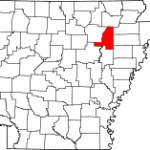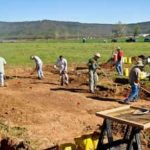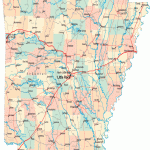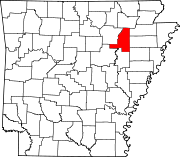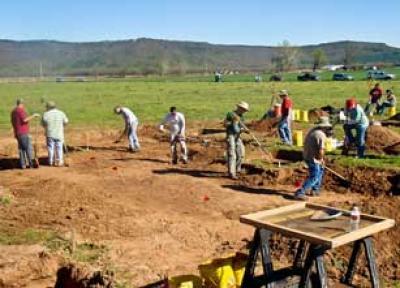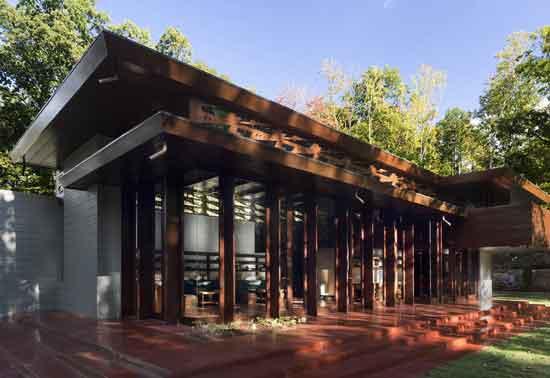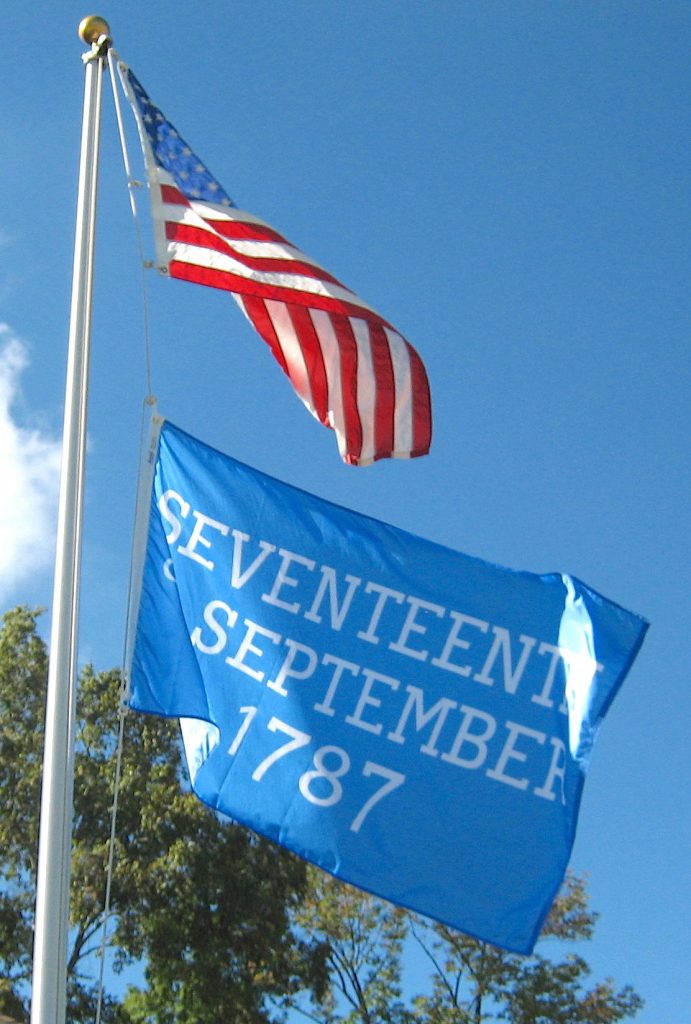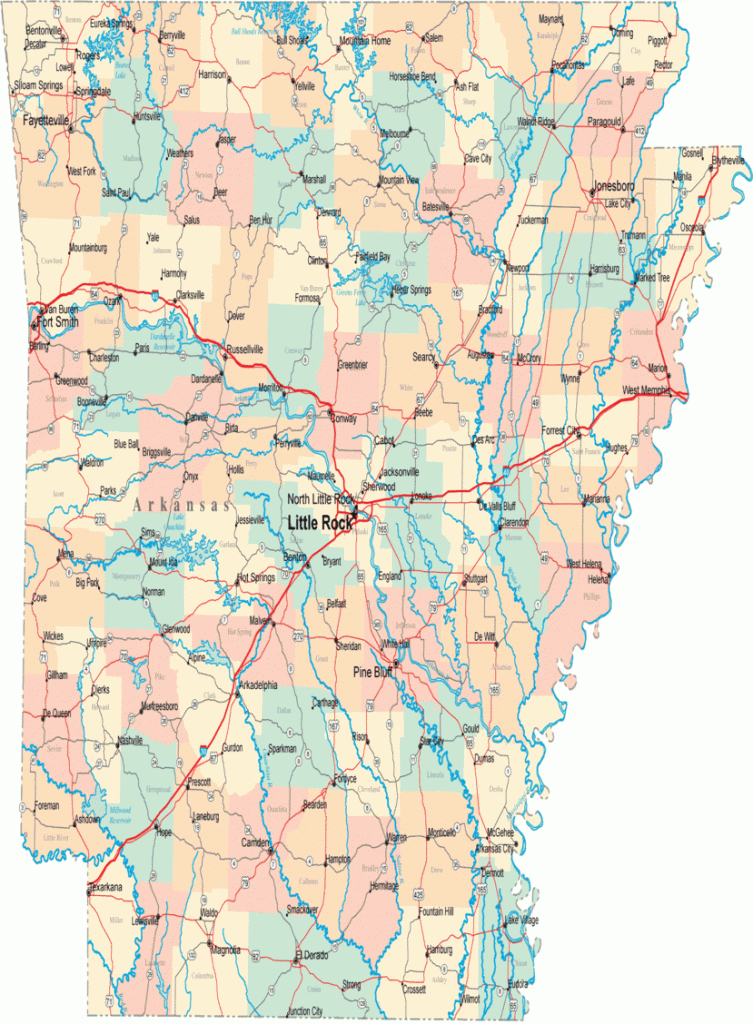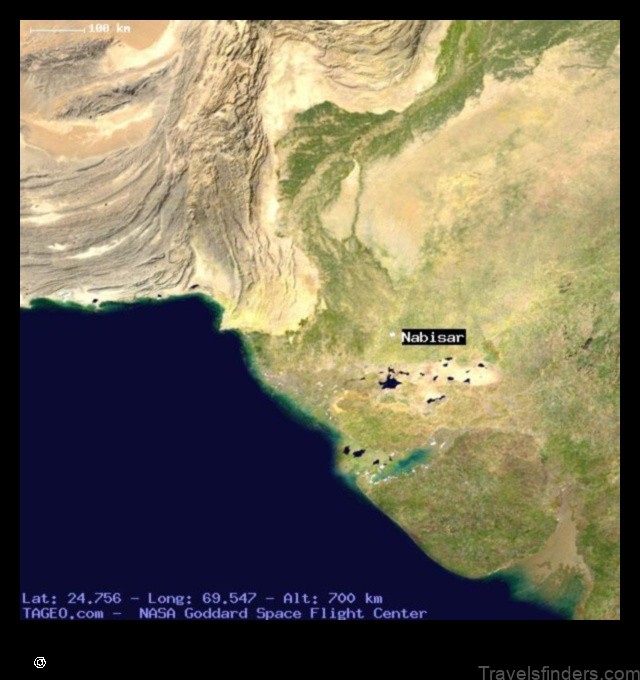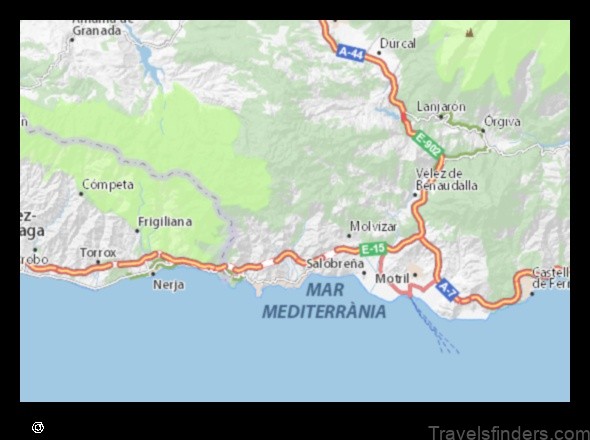While Arkansas is commonly defined as a place of black and white, the influx of hundreds of thousands of Mexicans during the 1940s through the 1960s left a permanent mark on race relations in the state. No Mexicans signs represented the first discriminatory policies that white farmers, restaurant owners, and local authorities in Arkansas’s black belt were forced to dismantleseveral years before Brown vs. Board of Education set off the South’s violent and contentious desegregation process. Mexicans arrived in an Arkansas already unsettled by blacks’ increasing power and mobility as a result of World War II. Their presence and the antidiscriminatory interventions of the Mexican consulate contributed to the inevitability of Jim Crow’s death. Farmers praised Mexicans for having a work ethic and moral values superior to that of the blacks, relying on them to avoid paying the higher wages that might have lured blacks back to rural areas. In effect, these farmers hoped the Bracero program would help prolong the reign of white supremacy and family farming. Yet the mandate to admit these darkskinned foreigners to white establishments and pay them a minimum wage for their work undermined the very system they had been imported to protect.
As the Arkansas economy diversified beyond agriculture, the growing Latino presence in the closing decades of the twentieth century contributed substantively to the state’s cultural landscape. Although this cultural influence shapes the daily lives of all Arkansans, the ubiquitous presence of Mexican food and Latino music and celebrations does not necessarily represent a sea change in relationships between Latinos and non-Latinos. More meaningful interaction and understanding remains relatively limited because of language and cultural barriers; the segregation of Latinos into certain jobs, neighborhoods, and churches; and a general lack of public spaces for cultural interface of any kind.
At the same time, interest has grown among both Latinos and non-Latinos in creating spaces for cultural interaction. Cultural events such as Cinco de Mayo are now often accompanied by public lectures and other efforts to educate Arkansans about the history and meaning of such activities. Hispanic Heritage Month at the University of Arkansas has become an important annual series of lectures, dances, and other cultural expressions that simultaneously celebrate, educate, and unite people. Recently, the Historic Arkansas Museum in Little Rock even showcased the work of accomplished Latino artists living in Arkansas in the exhibit Arkansas Arte Latino. Such nascent efforts promise to foment popular understanding of Latino culture that moves beyond chips and salsa, J-Lo, and Taco Bell. As Latinos become further integrated into Arkansas, their influence on
education, food, work, and religion will inevitably grow. The question is how such influence will be received by the rest of the state.
Bibliography
Grove, Wayne Allison. The Economics of Cotton Harvest Mechanization in the United States, 1920-1970. PhD diss. University of Illinois, 2000.
Hennessy-Fiske, Molly. The Town That Didn’t Look Away. Los Angeles Times, July 23, 2006.
Holley, Donald. The Second Great Emancipation: The Mechanical Cotton Picker, Black Migration, and How They Shaped the Modern South. Fayetteville: University of Arkansas Press, 2000.
Keltner, Robert W. Tar Paper Shacks in Arcadia: Housing for Ethnic Minority Groups in the Company Town of Bauxite, Arkansas. Arkansas Historical Quarterly 60, no. 4 (2001): 341-359.
Striffler, Steve. Chicken: The Dangerous Transformation of America’s Favorite Food. New Haven, CT: Yale University Press, 2005.
Weise, Julie. Al Sur: Mexicans and Mexican-Americans in the U.S. South, 1918-1935. Paper presented at the Pacific Coast Branch of the American Historical Association, Corvallis, OR, 2005.
Against Discriminatory Acts against Mexicans: White Supremacy, Discriminacion,
and the Bracero Program in Arkansas. Paper presented at the UCLA Graduate Student Conference on Migration and Race, Los Angeles, April 27, 2007.
Whayne, Jeannie M. A New Plantation South: Land, Labor, and Federal Favor in Twentieth-Century Arkansas. Charlottesville: University Press of Virginia, 1996.
Whayne, Jeannie M. Thomas A. DeBlack, George Sabo III, and Morris S. Arnold.
Arkansas: A Narrative History. Fayetteville: University of Arkansas Press, 2002. Woodruff, Nan Elizabeth. Pick or Fight: The Emergency Farm Labor Program in the Arkansas and Mississippi Deltas during World War II. Agricultural History 64, no. 2 (1990): 74-85.
This page intentionally left blank

